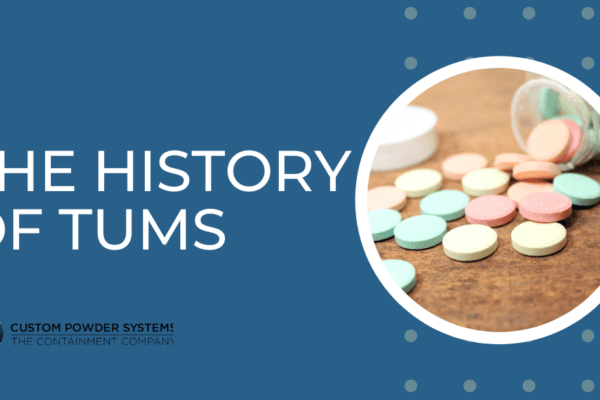It was a simple mistake. You’ve probably even done it yourself: a trip out of town, a forgotten bowl of fruit… Next thing you know, you’ve invented penicillin. Admittedly, there were a few more steps involved in creating usable penicillin, but it just goes to show that you never know how the next great discovery will happen.
An Absent-Minded Professor
The journey of penicillin began at a lab in Scotland in 1928 and eventually found its way to a moldy cantaloupe in Peoria, Illinois. The improbable twists and turns during this discovery would lead to the most widely-used antibiotic in the world.
One day, Sir Alexander Fleming, sometimes known to be a “careless lab technician,” left a culture plate of staphylococcus on the table. When he returned, he saw that mold had contaminated the culture. And he also saw something else: the mold seemed to be halting the growth of the staphylococci. A repeat of the experiment showed it was, in fact, doing just that. Fleming reported, “the staphylococcus colonies became transparent and were undergoing lysis (the rupturing and disintegration of cell membranes).”
On to Oxford
Alexander Fleming stopped studying penicillin in 1931 when Oxford researchers took up the challenge of creating a medicine. Throughout the 1930’s scientists took on the difficult task of isolating penicillin, something Fleming didn’t think was feasible. There were small scale successes along the way, but collecting enough penicillin to be effective unfortunately remained elusive.
Then, in 1942, Fleming came back into the picture when he was treating someone with streptococcal meningitis, a fatal disease at the time. Australian scientist Howard Florey gave the last available medicinal penicillin sample to Fleming, and the patient showed improvement almost immediately. Within a week, the meningitis was gone, and the patient fully recovered.
A Moldy Cantaloupe in Illinois
At this time, the world had gone headlong into World War II, and penicillin was being used to treat the wounded. However, the problem with mass-producing penicillin persisted. The British War Cabinet and the War Production Board of The United States soon launched a worldwide mission to find a way to grow the best strain of mold.
The search ended at a market in Peoria, Illinois atop a moldy cantaloupe. From there, a Pfizer scientist was able to develop large-scale production of pharmaceutical-grade penicillin. Within a year, and in just time for the invasion of Normandy, millions of doses were being produced. Soldiers and civilians alike were being saved from otherwise deadly infections.
Penicillin Today
Now, over 90 years since its discovery, penicillin continues to halt bacterial infections in patients before they have a chance to cause further illness or death. Since it first went into use, penicillin has also been a springboard for further developments. For example, semi-synthetic antibiotics like Amoxicillin work on a broader range of bacteria and are safer for those with allergies to traditional penicillin.
This story reminds us of the work we did a few years ago for Pfizer in their China plant. A big creation from a little discovery is the kind of work we do every day at Custom Powder Systems. When we know the kind of challenge you’re facing, all it takes is a tiny seed of inspiration to make something wonderful. What can we create for you? Contact us here.







